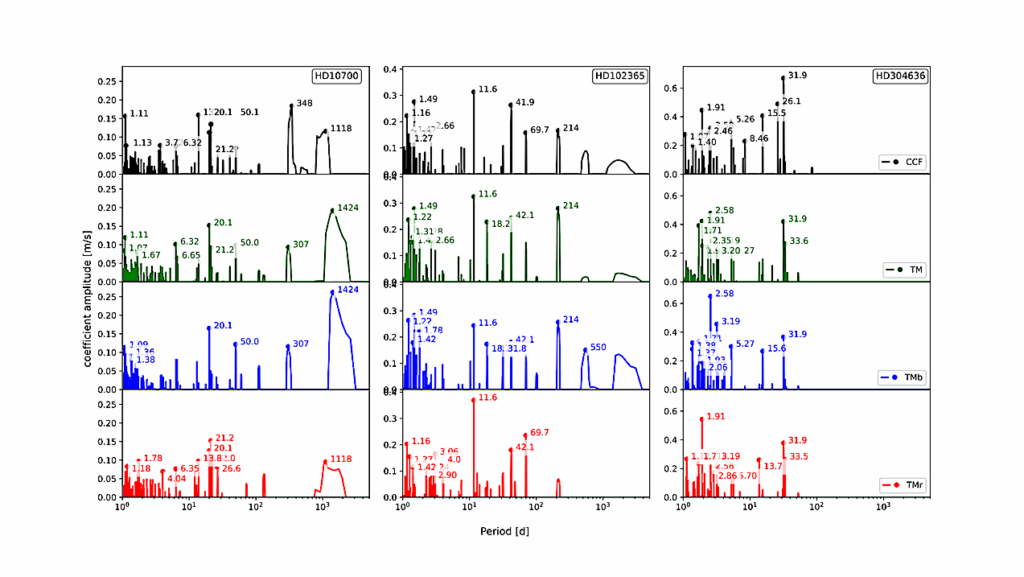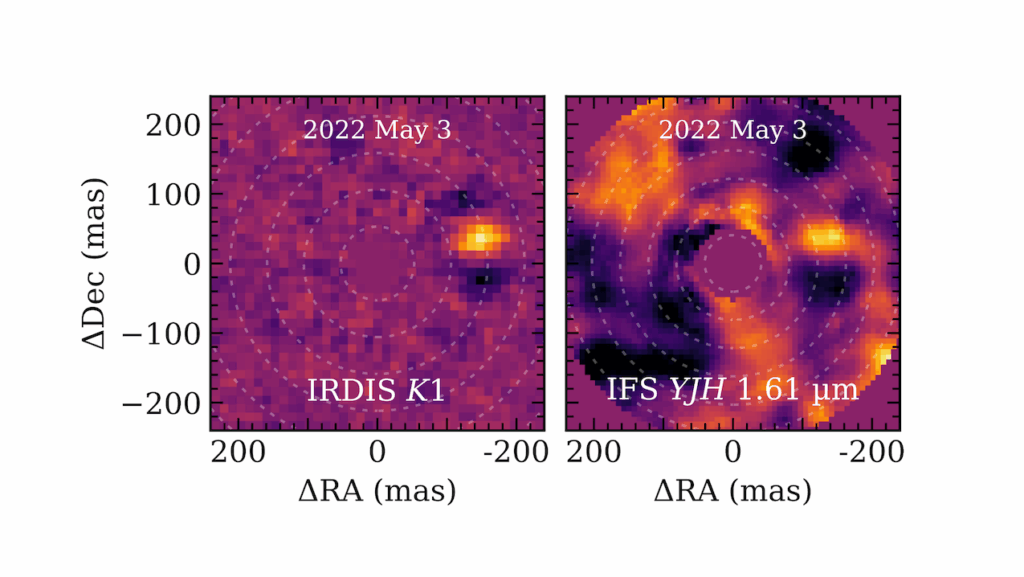New Earth-like Planets Found

A team of scientists, including Carnegie’s Alan Boss, has discovered two Earth-like planets in the habitable orbit of a Sun-like star. Their work is published in Science Express.
Using observations gathered by NASA’s Kepler Mission, the team, led by William Borucki of the NASA Ames Research Center, found five planets orbiting a Sun-like star called Kepler-62. Four of these planets are so-called super-Earths, larger than our own planet, but smaller than even the smallest ice giant planet in our Solar System. These new super-Earths have radii of 1.3, 1.4, 1.6, and 1.9 times that of Earth. In addition, one of the five was a roughly Mars-sized planet, half the size of Earth.
Kepler-62 is one of about 170,000 stars observed by the Kepler Space Telescope, with a mass about 69% of that of our Sun. The Kepler Space Telescope reveals for planets orbiting a star by detecting a small, temporary dimming of the star as a planet passes between it and the telescope.
The two super-Earths with radii of 1.4 and 1.6 Earth radii orbit their star at distances where they receive about 41% and 120%, respectively, of the warmth from their star that the Earth receives from the Sun. The planets are thus in the star’s habitable zone; they have the right temperatures to maintain liquid water on their surfaces and are theoretically hospitable to life.
Theoretical modeling of the super-Earth planets, Kepler-62e and Kepler-62f, suggests that both could be solid, either rocky–or rocky with frozen water.
“This appears to be the best example our team has found yet of Earth-like planets in the habitable zone of a Sun-like star,” Boss said.
Kepler was competitively selected as the tenth Discovery mission. Funding for this mission is provided by NASA’s Science Mission Directorate. Some of the data presented herein were obtained at the W. M. Keck Observatory, which is operated as a scientific partnership among the California Institute of Technology, the University of California, and the National Aeronautics and Space Administration. The Keck Observatory was made possible by the generous financial support of the W. M. Keck Foundation. The Spitzer Space Telescope is operated by the Jet Propulsion Laboratory, California Institute of Technology under a contract with NASA. Funding for the Stellar Astrophysics Centre is provided by The Danish National Research Foundation.
This research was supported by DFG funding ENP Ka 3142/1-1; NAI; the ASTERISK project (ASTERoseismic Investigations with SONG and Kepler) funded by the European Research Council (Grant 267864); NASA through the Kepler Participating Scientist Program; NSF via grant AST-1109928; NASA ADAP12-0172; the Kepler Participating Scientist Program (PSP) through grant NNX12AC76G; by NASA PSP grants NNX08AR04G and NNX12AF73G; NSF Career grant AST-0645416.








